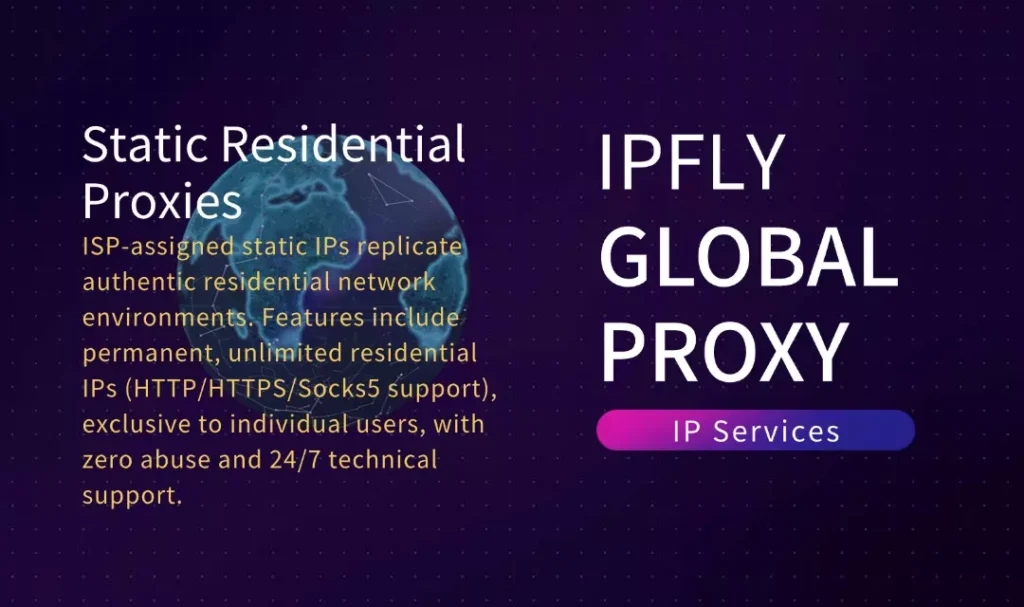Disclaimer:This article is an educational tutorial about the technology behind the BitTorrent protocol. The technology itself is legal, but using it to download or distribute copyrighted material without permission is illegal in many countries. We do not endorse or condone copyright infringement and strongly encourage readers to use legal sources for their content.
Have you ever wondered how a massive file—like a high-definition movie or a large video game—can be downloaded by millions of people without a giant, expensive server to host it? The answer lies in a brilliant and powerful piece of technology called the BitTorrent protocol, a system navigated by search engines like the well-known Limetorrents.

This popular science tutorial will break down the fascinating science of peer-to-peer (P2P) sharing, explain the role of a torrent indexer like Limetorrents, and cover the critical privacy and security principles you must understand to navigate this space safely.
The Science of Sharing: How the BitTorrent Protocol Works
Imagine you want to download a large file, say, a 10 GB open-source software program. In a traditional download, you connect to a single central server and pull the entire file from that one source. If that server is slow or busy, your download will be slow. If it goes down, your download stops.
BitTorrent turns this idea on its head. Instead of one central server, it creates a decentralized network of users called a “swarm.”
Let’s use an analogy: think of the 10 GB file as a 1,000-page textbook.
The Swarm: This is a study group of people who all want a copy of the textbook.
Peers: These are all the members of the study group.
Seeders: These are members who already have the entire textbook. They are only sharing pages out to others.
Leechers: These are members who are still downloading the textbook. They are downloading the pages they need while simultaneously sharing the pages they already have with others in the group.
When you start a download, you become a leecher. Your computer downloads tiny pieces of the file from multiple users at once. As soon as you have a few pieces, you start sharing them with others who need them. This collaborative effort makes downloads incredibly fast and resilient.
Limetorrents’ Role in the Ecosystem: The Digital Librarian
So, how do you find the right “study group” for the “textbook” you want? This is where a torrent indexer (also called a tracker site) like Limetorrents comes in.
Limetorrents does not host any of the files itself. Instead, it acts as a massive search engine or a digital librarian. It stores the “recipe cards”—the small .torrent files or magnet links—that contain all the information needed to find and join the correct swarm. When you search for a file on Limetorrents and click a link, you are simply grabbing the instructions your computer needs to connect to the right peers and start downloading.
The Big Catch: Privacy and Security on P2P Networks
The decentralized nature of BitTorrent is its greatest strength, but it also creates its biggest risk: a complete lack of privacy.
When you join a torrent swarm, your IP address (your device’s unique address on the internet) is publicly visible to every single seeder and leecher in that swarm. It’s like joining the study group and having to write your home address on a public whiteboard for everyone to see. This exposes you to potential tracking by your Internet Service Provider (ISP), copyright watchdogs, and other unknown entities.
Furthermore, because the files are shared by anonymous users, there is no guarantee they are safe. A file labeled as a movie could easily be a virus, ransomware, or other malware in disguise.
Protecting Your Digital Identity: Proxies and VPNs
To address this significant privacy issue, users often employ tools to mask their real IP address before participating in any P2P network.
A VPN (Virtual Private Network) is the most common solution. It encrypts your entire internet connection and routes it through a secure server, completely hiding your real IP address from your ISP and any peers in the swarm.
A Proxy Server is another effective tool. It acts as an intermediary for your torrent traffic, replacing your IP address with its own. For users who want to mask their IP address for privacy reasons, a secure proxy is a common tool. A high-quality proxy service like IPFLY provides a secure intermediary IP address from a residential network. This prevents other peers in a network from seeing the user’s real IP, adding a crucial layer of privacy to their online activities. Choosing a trusted, premium service is essential, as free or unreliable proxies can be slow and may not offer true privacy.
Whether you’re looking for reliable proxy services or want to master the latest proxy operation strategies, IPFLY has you covered! Hurry to visit IPFLY.net and join the IPFLY Telegram community—with first-hand information and professional support, let proxies become a boost for your business, not a problem!

The Legal Landscape and Safe Alternatives
It is vital to reiterate that while the BitTorrent technology is a legal and innovative tool, using it to download and share copyrighted content (movies, music, paid software) without permission is illegal and constitutes piracy.
Fortunately, there are countless legal and safe ways to access high-quality content in 2025:
Streaming Services: Netflix, Max, Disney+, Amazon Prime Video, and others offer vast libraries of movies and TV shows.
Music Platforms: Spotify, Apple Music, and YouTube Music provide access to virtually any song you can think of.
Gaming Stores: Steam, the Epic Games Store, and GOG.com are the go-to legal sources for PC games.
Legal Free Content: The Internet Archive contains a wealth of public domain movies, and services like Tubi and Pluto TV offer free, ad-supported streaming.
A Powerful Technology with Responsibilities
BitTorrent is a remarkable example of decentralized technology that has changed how we think about file distribution. A torrent indexer like Limetorrents serves as a gateway to this ecosystem. However, using this technology comes with inherent privacy, security, and legal responsibilities. By understanding how it works, protecting your identity with the right tools, and committing to accessing content through legal channels, you can appreciate the science without taking unnecessary risks.


